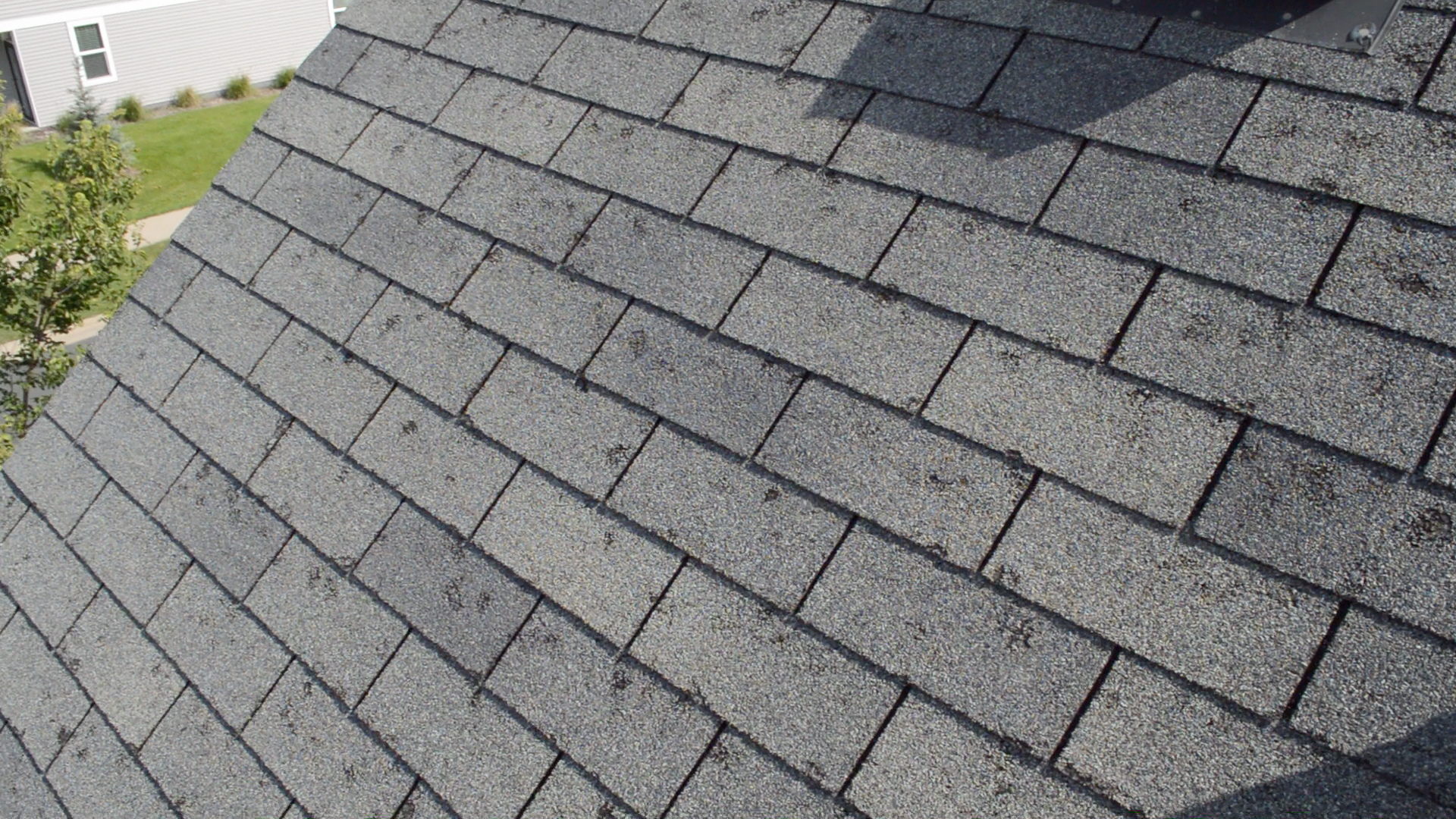When it comes to storm leads, many contractors focus on...
What is Hail Damage?
Hail damage is a common concern for homeowners residing in regions prone to severe weather conditions. As a storm lead call center professional, having a comprehensive understanding of hail damage is crucial to effectively assess homeowners' needs and provide appropriate solutions. This educational topic explores the causes, effects, and restoration strategies associated with hail damage, enabling you to assist homeowners in their recovery process.
- Defining Hail Damage: Define hail damage as the harm caused by hailstones during severe weather events. Hailstones are solid balls or irregularly shaped pieces of ice that form within thunderstorms and fall to the ground, impacting structures and properties. Understanding the characteristics and impact of hailstones is essential in assessing and addressing hail damage.
- Causes of Hail: Explain the meteorological conditions necessary for hail formation. Discuss how strong updrafts within thunderstorms can suspend water droplets in the freezing upper layers of the storm, leading to the growth of hailstones. Help homeowners understand the relationship between severe weather patterns, such as thunderstorms, and the likelihood of hail occurrence.
- Types of Hail Damage: Explore the different types of hail damage homeowners may encounter. This includes damage to roofs (e.g., cracked or broken shingles, punctured membranes), windows and skylights (e.g., shattered glass), siding and exteriors (e.g., dents, cracks), vehicles (e.g., dented body panels, broken windows), and outdoor structures (e.g., damaged awnings, patio furniture). Familiarize yourself with these types to accurately assess and address homeowners' concerns.
- Impact on Homeowners: Highlight the significant impact hail damage can have on homeowners. Discuss how hailstorms can cause structural damage, compromise the integrity of roofs and windows, and result in water intrusion. Emphasize the potential risks of further damage, such as leaks, mold growth, and decreased energy efficiency. Acknowledging the financial, emotional, and safety implications helps you provide tailored support to homeowners.
- Assessing Hail Damage: Explain the process of assessing hail damage. Share techniques for inspecting roofs, exteriors, and other affected areas. Educate homeowners on identifying visible signs of hail damage, such as dents, cracks, or granule loss. Familiarize yourself with industry guidelines and best practices to accurately document the extent of damage and recommend appropriate restoration measures.
- Restoration and Repair Strategies: Discuss restoration and repair strategies for hail-damaged properties. Inform homeowners about the importance of promptly addressing hail damage to prevent further complications. Share information on repair options for roofs, windows, siding, and other affected components. Recommend reputable contractors or specialists who can provide professional restoration services.
- Insurance Coverage and Claims: Explain the role of insurance coverage in hail damage situations. Help homeowners understand their insurance policies, coverage limitations, and the claims process. Guide them in documenting the damage, filing claims, and working with insurance adjusters to ensure fair compensation. Encourage homeowners to review their policies and consider comprehensive coverage that includes hail damage.
- Safety Considerations: Highlight the importance of safety when dealing with hail damage. Educate homeowners about potential hazards, such as unstable structures, slippery surfaces, or damaged electrical systems. Emphasize the need to prioritize personal safety and engage professional assistance for hazardous tasks. Provide tips on temporary measures to prevent further damage, such as tarping roofs or boarding up broken windows.
- Preventative Measures: Educate homeowners on preventative measures to reduce the impact of future hailstorms. Share information on hail-resistant roofing materials, impact-resistant windows, and protective coverings for outdoor structures. Advise homeowners to maintain their properties regularly, including clearing gutters, trimming trees, and reinforcing vulnerable areas.
- Community Preparedness: Discuss the importance of community preparedness in minimizing the effects of hail damage. Encourage homeowners to participate in community initiatives focused on storm preparedness, such as early warning systems, emergency response plans, and neighborhood support networks. Emphasize the value of sharing information and resources to collectively mitigate hail damage risks.
By deepening your knowledge of hail damage and its implications, you can become a valuable resource for homeowners seeking assistance after severe hailstorms. Understanding the causes, effects, and restoration strategies associated with hail damage allows you to accurately assess the extent of damage, provide informed guidance, and recommend appropriate solutions. By addressing homeowners' concerns, advocating for their insurance claims, and sharing preventative measures, you contribute to their recovery and help them safeguard their homes against future hailstorms.
Remember, effective communication, empathy, and up-to-date knowledge are key in assisting homeowners affected by hail damage. Actively listen to their concerns, address their questions, and provide reliable information and support throughout the restoration process. By offering valuable insights and practical solutions, you empower homeowners to make informed decisions and effectively navigate the challenges of hail damage recovery.
Stay informed about local weather patterns, hailstorm trends, and advancements in hail-resistant technologies to continually enhance your expertise. By continuously learning and adapting to the evolving landscape of hail damage restoration, you position yourself as a trusted advisor and reliable source of support for homeowners in their journey to restore their properties and regain peace of mind.












